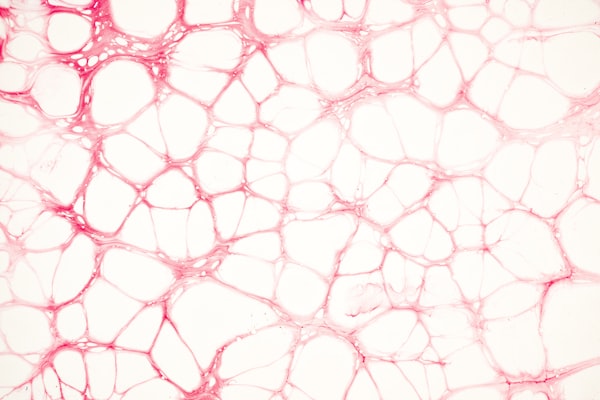What exactly is a thrombus and how does it form?

Thrombosis is no stranger to us. We often hear that people who have been bedridden for a long time are prone to deep vein thrombosis, and many cerebral infarctions are also caused by thrombus blocking a blood vessel in the brain. The cause of acute myocardial infarction is also related to thrombosis. There are relationships. So what exactly is a blood clot?
Thrombus is a small block formed by blood flow at the damaged or injured part of the vascular endothelium. The main forming parts include insoluble fibrin, platelets, certain white blood cells and red blood cells. Thrombosis does not form all at once, it is a process that accumulates over time, and any of the following three conditions can be met: damaged vessel walls, slow blood flow, and increased blood viscosity. 1. Damaged vessel walls. In layman's terms, after we are injured and bleeding, the human body will activate the blood coagulation system, and platelets and other substances will gather at the wound to make the blood coagulate and prevent excessive bleeding. The same is true in the internal blood vessel system of the human body. When the vascular endothelium is damaged, the coagulation mechanism in the blood starts to repair the damaged endothelium, and thrombus forms. So when will the vascular endothelium be damaged? Usually, under normal circumstances, the blood flow state and speed are good, the blood flows smoothly, and the possibility of injury is reduced. However, when harmful substances in the blood increase, such as excessive blood lipid content, exceeding the body's metabolic level, they will accumulate on the blood vessel wall to form atherosclerosis, and the rupture of these atherosclerotic plaques will cause vascular disease. wall damage. 2. Blood flow slows down. It is equivalent to a river. If the flow is slow for a long time, the sediment will easily deposit at the bottom. The same is true for the blood vessels. If the blood flow is slow for a long time, substances will accumulate on the walls of the blood vessels. 3. Increased blood viscosity. High blood viscosity means that substances in the blood, such as blood lipids, are high in content and easy to accumulate.
Thrombosis is the basic factor of many diseases, so it is necessary to protect the blood vessels and try to avoid the occurrence of thrombus.

